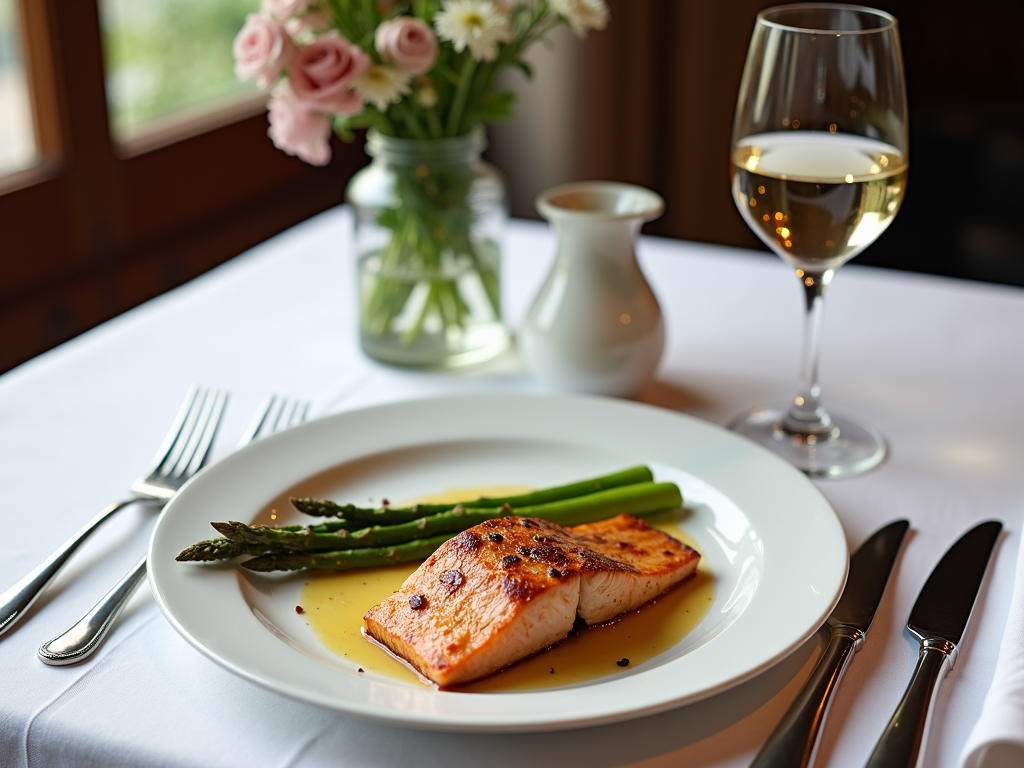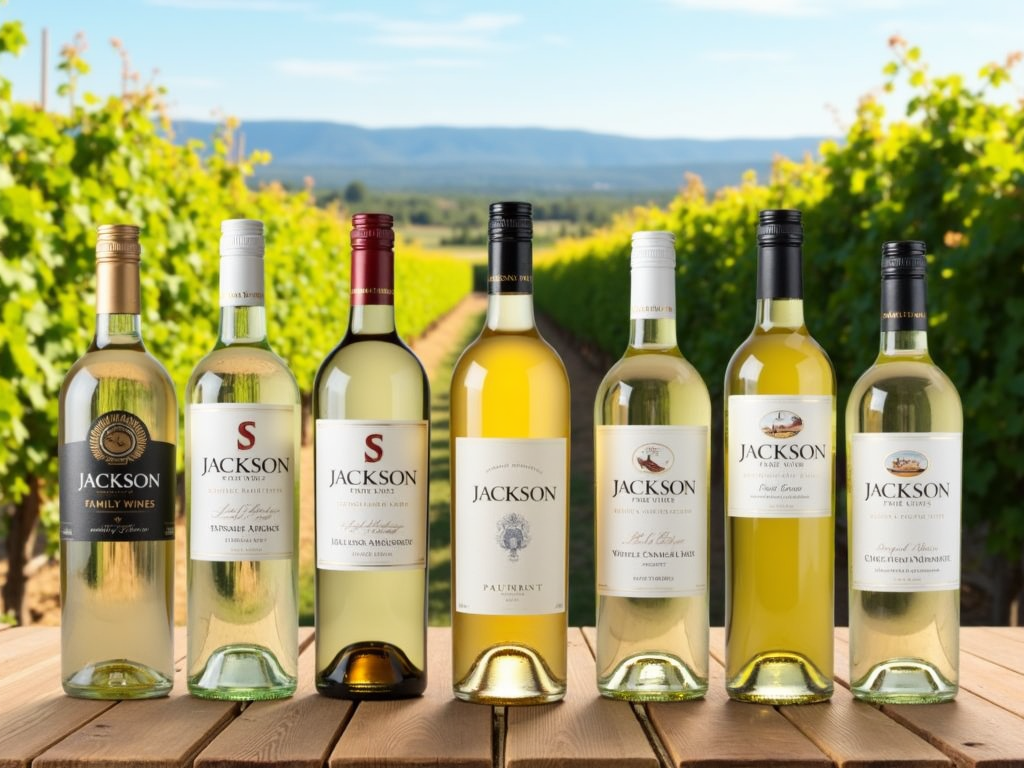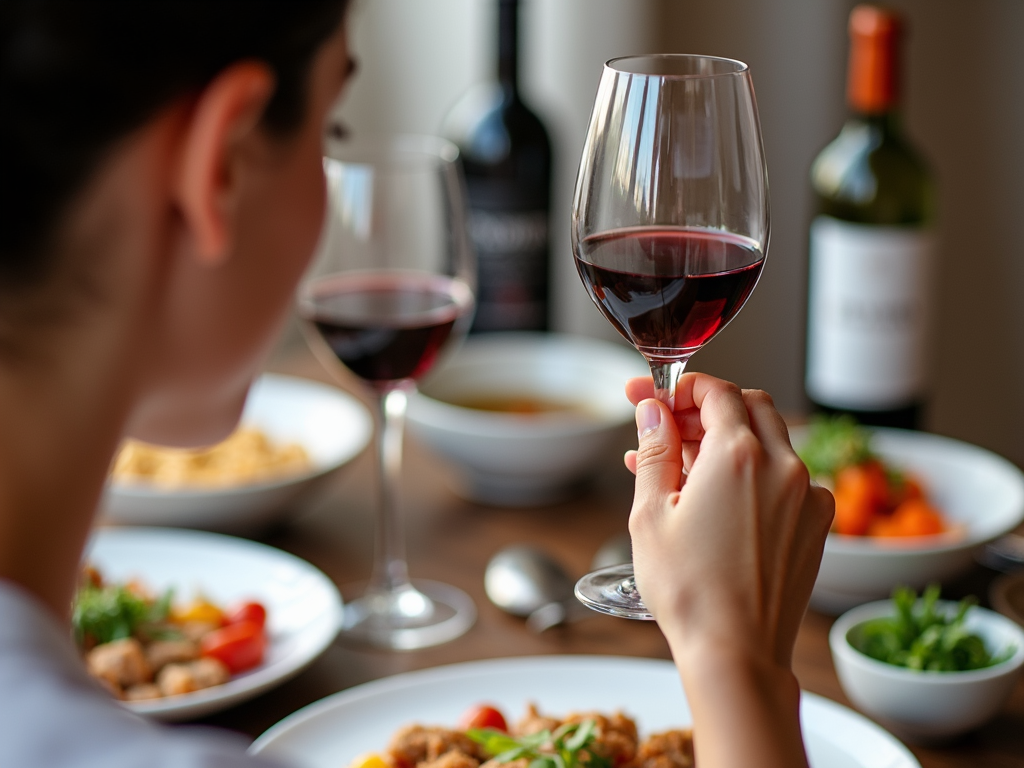How to Pair White Wine with Meals
White wine pairing is an art that can elevate your dining experience. Whether you're hosting a dinner party or enjoying a quiet meal at home, knowing how to pair white wine with your meals can make all the difference. In this article, we'll explore the basics of white wine pairing, delve into specific pairings for different courses, and share tips and personal insights to help you become a wine pairing expert.

White wine pairing is more than just choosing a bottle to accompany your meal; it's about creating a harmonious balance between the flavors of the wine and the food. The right pairing can enhance the taste of both the wine and the dish, while a poor pairing can leave you with a less-than-satisfactory experience.
When it comes to white wines, there are several varieties to choose from, each with its unique characteristics. From the light and crisp Sauvignon Blanc to the rich and buttery Chardonnay, understanding the different types of white wines is crucial for successful pairing.
For instance, Jackson Family Wines offers a diverse white wine collection that includes some of the finest wines from around the world. Their collection features wines that are perfect for various occasions and meals, making it easier for you to find the right match.

Before diving into specific pairings, it's essential to understand the different types of white wines and their flavor profiles. Here are some popular white wine varieties:
- Sauvignon Blanc: Known for its crisp acidity and citrusy notes, Sauvignon Blanc pairs well with light dishes like salads, seafood, and goat cheese.
- Chardonnay: This versatile wine can range from light and unoaked to rich and buttery. Unoaked Chardonnay pairs well with poultry and seafood, while oaked Chardonnay complements richer dishes like creamy pasta.
- Riesling: With its balance of sweetness and acidity, Riesling is perfect for spicy foods, Asian cuisine, and fruit-based desserts.
- Pinot Grigio: Light and refreshing, Pinot Grigio is an excellent choice for appetizers, light pasta dishes, and grilled vegetables.
- Viognier: This aromatic wine with floral and stone fruit notes pairs beautifully with spicy dishes, shellfish, and creamy sauces.
Understanding these flavor profiles will help you make informed decisions when pairing white wines with your meals.

Appetizers are the perfect opportunity to start your meal with a refreshing white wine. Here are some pairing suggestions:
- Bruschetta with Tomato and Basil: Pair with a crisp Sauvignon Blanc to complement the acidity of the tomatoes.
- Shrimp Cocktail: A light Pinot Grigio enhances the delicate flavors of the shrimp.
- Cheese Platter: For a cheese platter with mild cheeses like mozzarella and brie, opt for a Chardonnay. If you have stronger cheeses like goat cheese, a Sauvignon Blanc works well.
Remember, the key is to match the intensity of the wine with the intensity of the appetizer.

When it comes to main courses, white wines can be incredibly versatile. Here are some classic pairings:
- Grilled Salmon: A buttery Chardonnay complements the richness of the salmon.
- Chicken Alfredo: The creaminess of the sauce pairs well with an oaked Chardonnay.
- Spicy Thai Curry: A slightly sweet Riesling balances the heat of the curry.
- Vegetable Stir-Fry: A light Pinot Grigio or Sauvignon Blanc enhances the fresh flavors of the vegetables.
- Lobster with Butter Sauce: A rich Viognier or Chardonnay matches the decadence of the lobster.
Don't be afraid to experiment with different pairings to find what works best for your palate.

While red wines and dessert wines are often associated with sweets, certain white wines can also pair beautifully with desserts:
- Fruit Tart: A sweet Riesling complements the fruity flavors.
- Lemon Sorbet: A crisp Sauvignon Blanc enhances the citrus notes.
- Crème Brûlée: A late-harvest Viognier or a sweet Chardonnay pairs well with the creamy texture.
When pairing white wine with desserts, aim for a wine that is slightly sweeter than the dessert to avoid the wine tasting bitter.

Here are some tips to help you master the art of white wine pairing:
- Consider the Weight: Match the weight of the wine with the weight of the dish. Light wines for light dishes, and richer wines for heavier dishes.
- Balance Acidity: High-acid wines pair well with high-acid foods, like Sauvignon Blanc with tomato-based dishes.
- Complement or Contrast: You can either complement the flavors (e.g., buttery wine with buttery dish) or contrast them (e.g., sweet wine with spicy dish).
- Think About Texture: Creamy wines pair well with creamy dishes, while crisp wines work with crunchy or fried foods.
- Experiment: Don't be afraid to try new pairings. Sometimes, unexpected combinations can be delightful.

Even experienced wine enthusiasts can make mistakes when pairing wine with meals. Here are some common pitfalls to avoid:
- Overpowering the Food: Choosing a wine that is too bold for a delicate dish can overwhelm the flavors.
- Ignoring the Sauce: The sauce can significantly impact the pairing. For example, a creamy sauce might call for a different wine than a tomato-based sauce.
- Serving Wine at the Wrong Temperature: White wines should be served chilled, but not too cold, as extreme temperatures can mute the flavors.
- Sticking to Rules Too Strictly: While guidelines are helpful, personal preference should ultimately guide your choices.
By being mindful of these mistakes, you can enhance your wine pairing skills.

One of my favorite memories of wine pairing was at a small family gathering where we decided to have a seafood feast. We had grilled shrimp, lobster tails, and a variety of fresh salads. I brought a bottle of Jackson Family Wines' Sauvignon Blanc, known for its bright acidity and citrus notes. The pairing was a hit, and it sparked conversations and laughter around the table, enhancing the overall experience.
In conclusion, mastering the art of pairing white wine with meals can elevate your dining experience and impress your guests. By understanding the different types of white wines and their flavor profiles, experimenting with pairings, and avoiding common mistakes, you'll be well on your way to becoming a wine pairing expert. Remember, the key is to enjoy the process and find what works best for you.
Read More
- [Exploring Jackson Family Wines: A Journey Through Fine Wines]
- [The Ultimate Guide to Wine Pairing Basics]
- [Must-Try White Wines for Every Season]
- [Common Wine Pairing Myths Debunked]
- [How to Host a Wine Tasting Event at Home]